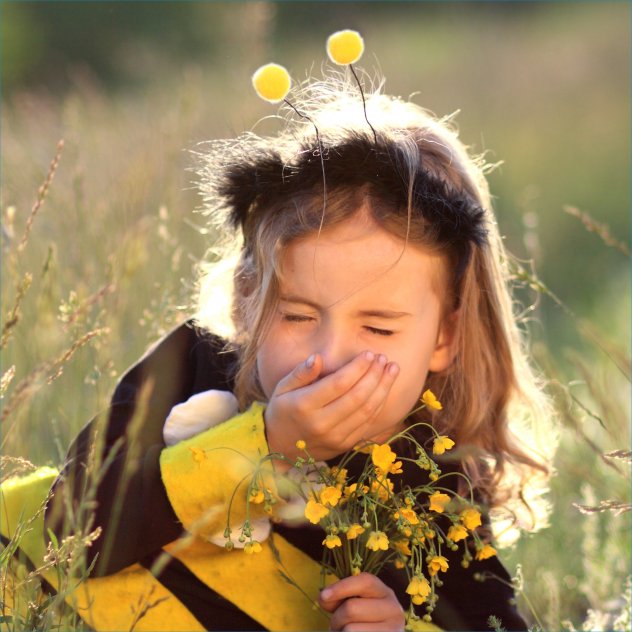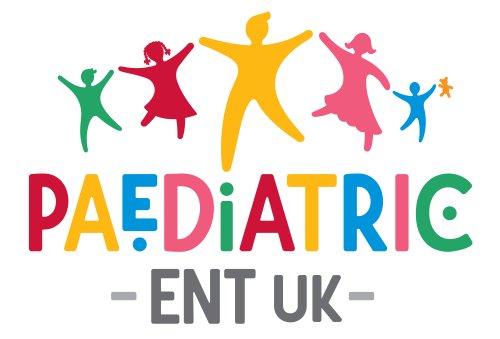In some children substances in the air can trigger an allergic reaction in the nose and eyes. This is sometimes referred to as hay fever, but a variety of allergens can trigger allergies.
This leads to swelling of the lining of the nose (turbinates) that can affect breathing.
What are the symptoms of allergic rhinitis?
- Nasal blockage
- Runny nose (rhinorrhea)
- Sneezing
- Itchy eyes, throat, nose.
- Snoring/worse breathing at night leading to tiredness in the daytime.
- Asthma is also more common in children with hay fever.
What allergens trigger allergic rhinitis?
- Pollen from trees and grass
- House dustmite
- Moulds
- Animal dander (e.g. cats/dogs)
How is Allergic Rhinitis managed?
- Assessment of your child’s nose including endoscopy to check for enlarged adenoids.
- Investigations include checking for what allergens your child is affected by (this can be done via skin prick testing or a blood test).
- Sea water sprays.
- Oral Antihistamines.
- Nasal steroid sprays.
- Treatment of any concurrent asthma.
- Immunotherapy (usually tablets or injections) over a 3-5 year period that aims to desensitise your child to allergens.
- Surgery to remove large adenoids and reduce swelling in the lining of the nose.
When is surgery required?
- Surgery may be required when medical treatment does not improve the symptoms or if children have large adenoids.
- Surgery includes turbinate reduction surgery / adenoidectomy.
- See tonsillectomy/adenoidectomy section
What is turbinoplasty?
- Turbinoplasty entails a short general anaesthetic and an instrument is used to gently reduce the size of the turbinates. If the adenoids are enlarged these are removed at the same time.
- Risks include: nose bleeds, infection, crusting in the nose and a recurrence of symptoms in the future.
- Your child will need to use saline sprays for a few weeks afterwards.



